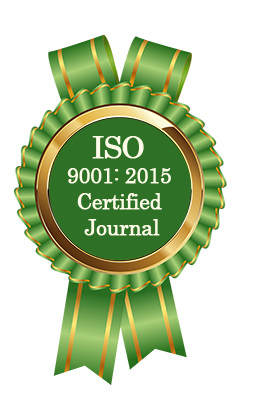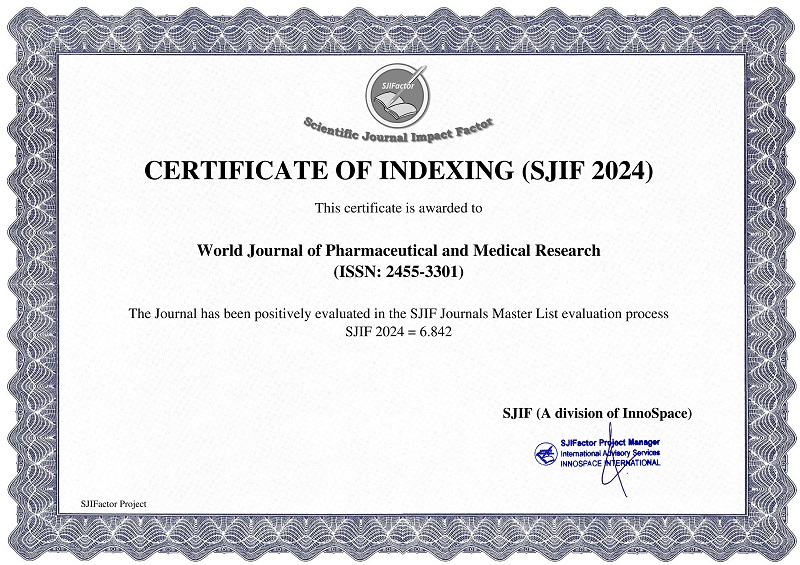A CRITICAL REVIEW JALUKA AVACHARANA ON ARSHA
Amir Khan*
ABSTRACT
Haemorrhoid is a fairly common disease all over the world. A statistical data has proclaimed that good percentage of the population above the age of fifty have minimal or significant Haemorrhoids. Ayurveda, the science of life, has also studied this disease with all its regards. A wide spectrum of description is available including its definite etio-pathogenesis and a number of treatment methods. According to Ayurveda the disease comes under the heading of Maharogas as it is: Dirghakalanubandhi, Dushchikitsya in nature and Tridoshic and involves the Marma.[1] Arsha occurs in Gudabhaga, which is undoubtedly a Marma, and it is well known for its chronicity and difficult to treat. Since the dawn of civilization this problematic disease is not uncommon. If not treated properly or neglected, it may lead to complications such as Strangulation, Thrombosis, Pyaemia, Fibrosis, Suppuration, Haemorrhage etc. Amongst these complications thrombosis needs due to congnicance owing to the limitations of surgical maneuvers as well as failure of palliative therapeutic measures which produce ulceration, Gangrene, Fibrosis etc. Acharya Sushruta has mentioned four lines of management such as: Aushadha, Kshara, Agni, Shastra, Raktamokshana.[2] Apparently, this approach seems to be graded on the basis of particular symptom complexes of the disease.
[Full Text Article] [Download Certificate]



